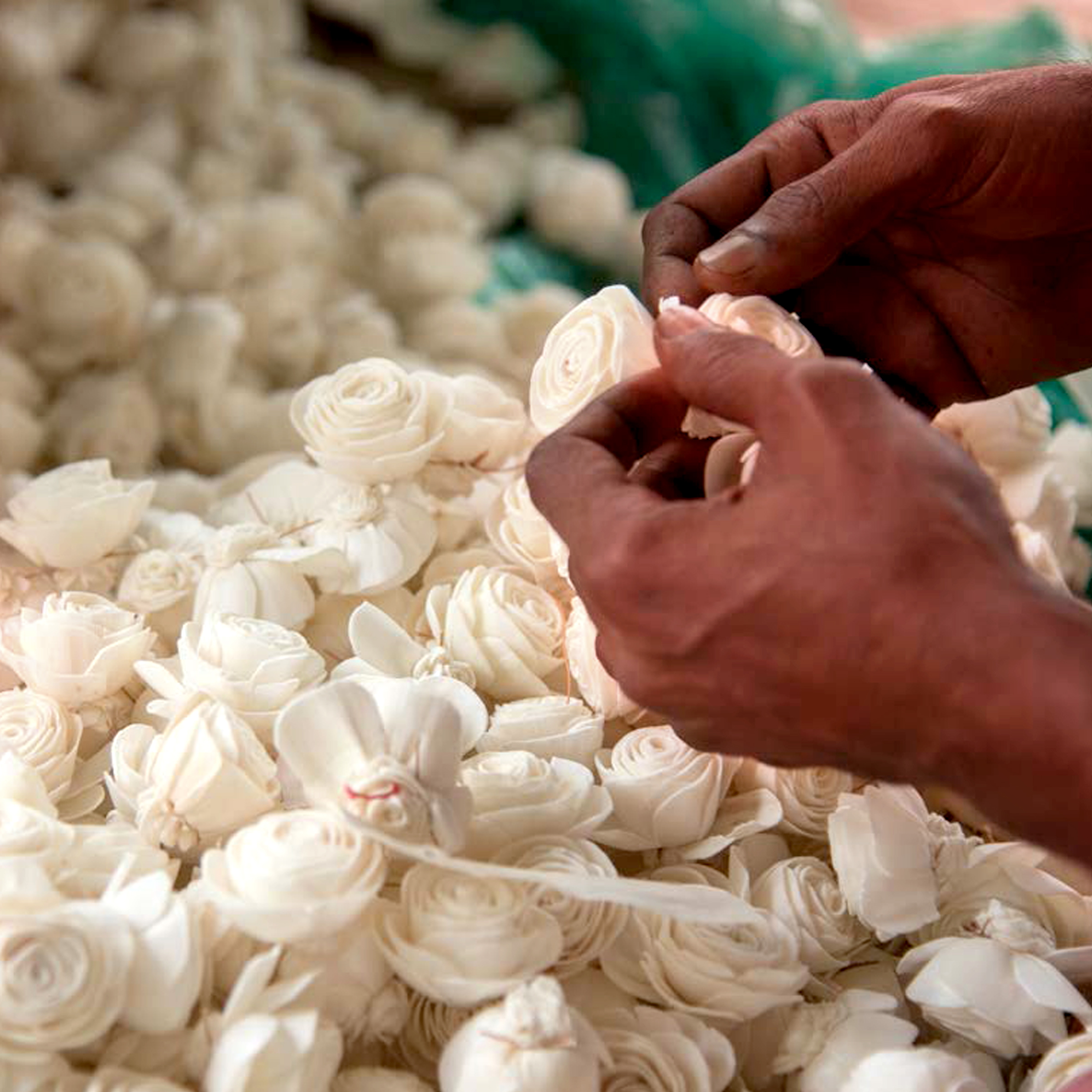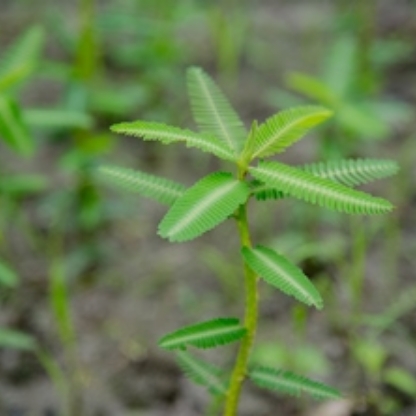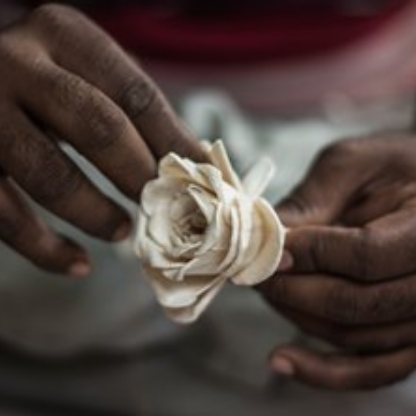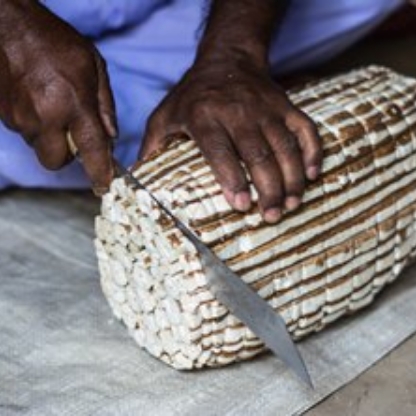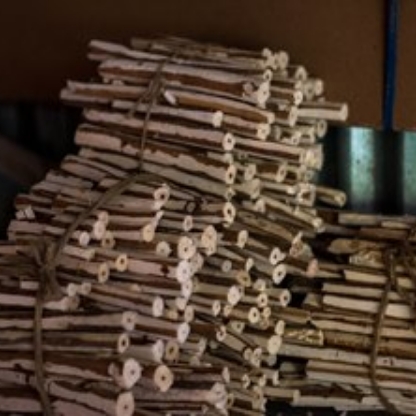Product
Traditional Description:
The traditional products include ornaments for idols during Durga Puja, Kali Puja, Saraswati Puja, Lakshmi Puja and other religious and social occasions, such as floral designs and Chandmala. Three-dimensional models of characters from the Puranas and the Mahabharata, like Krishnarjun, are also very popular. Apart from mainstream Bengali culture, indigenous communities use Shola in different rituals.
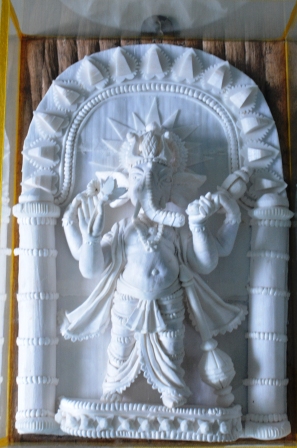
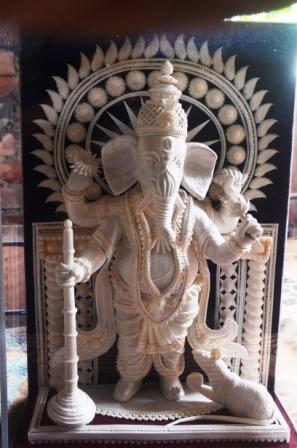
Contemporary Description:
The artists make a range of items, from flower vases, wall hangings and decorative work on terracotta items to small three-dimensional chariots and idols of gods and goddesses. Popular Shola artwork also includes Indian classical dance forms and miniature art (like small Shola craft work in a glass bottle and souvenirs in places of tourist attraction like the Taj Mahal and Hazarduari Palace of Murshidabad). Recent additions to the list include the recently banned old Rs 500 and Rs 1,000 currency notes. However, there is strong competition from glitzy embroidery when it comes to decorating pandals.
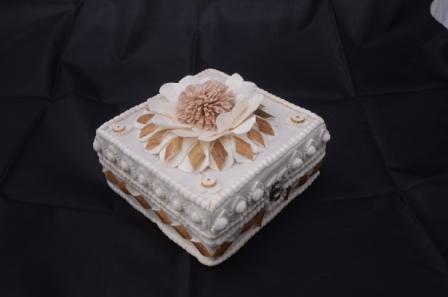
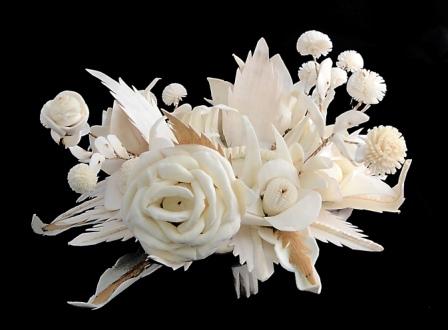
We have a expert Artists to serve you.
Top Artists
Find Your Favorites Among Our Diverse Art
The Panchmura terracotta artisans have deep-rooted traditions
No publication data found!
International Visit
During the earlier intervention phase, Ashis Malakar, a famous sholapith craftsman, showcased his craft at Transform Festival at Trondheim, Norway in 2017.
